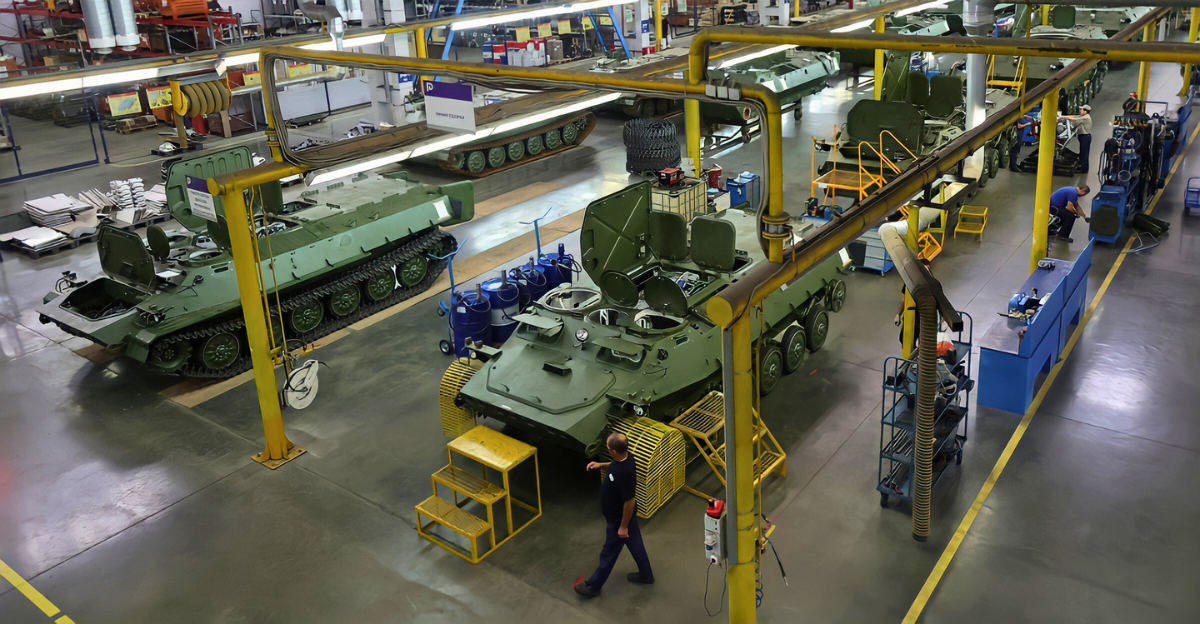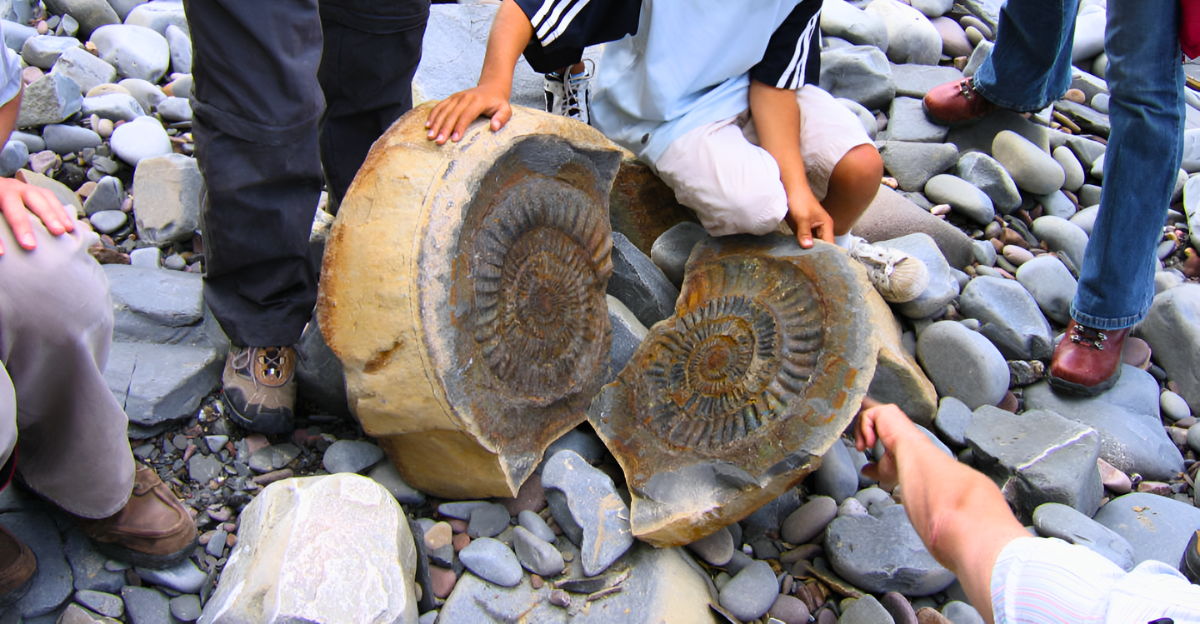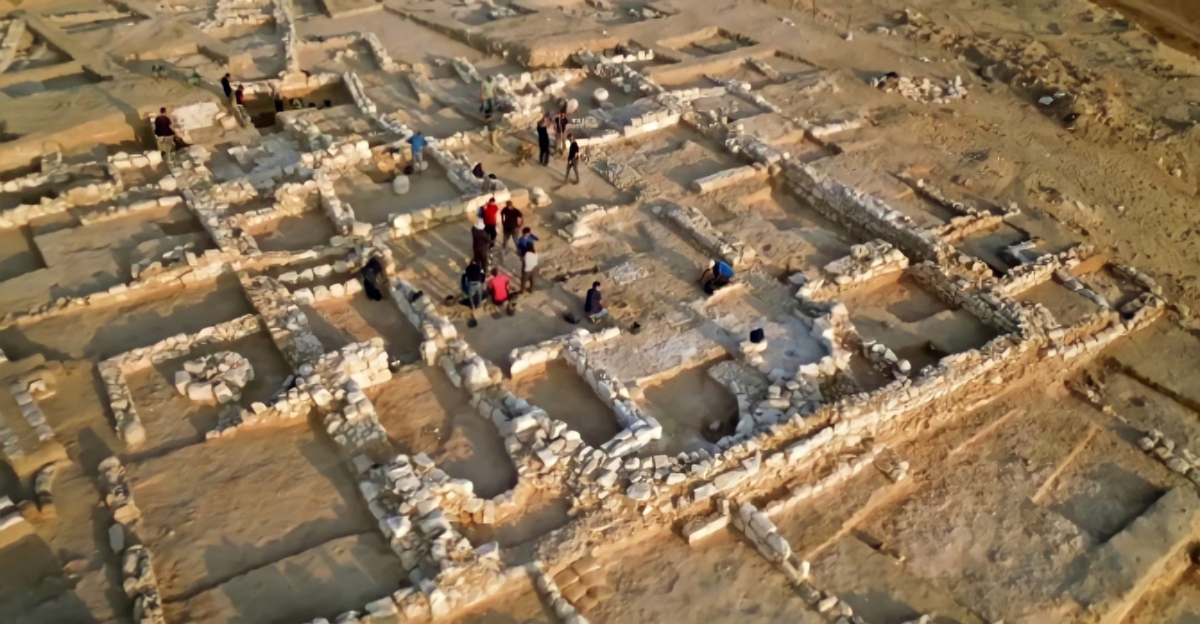
The existence of a biblical war that has long been regarded as an apocalyptic myth has been empirically supported by the discovery in “Area X” at Megiddo, the fabled location of Armageddon. Physical evidence of combat was found during recent archaeological excavations, including a late 7th-century BCE military-grade building, pottery associated with Greek and Egyptian armies, and layers of devastation that perfectly match biblical descriptions.
According to these discoveries, Megiddo was the site of the conflict between King Josiah of Judah and Pharaoh Necho II, altering the path of ancient history and solidifying its standing as the epicenter of the biblical “apocalypse.” These findings challenge both skeptics and believers by highlighting the point where historical prophecy and empirical evidence meet, not just by confirming a war.
The Historical Context

With over ten appearances in the Old Testament, Megiddo has a millennium-long history of military and religious significance. Located at a key intersection, it supervised northern trade and military operations that were essential to the ancient empires of Egypt, Israel, and Assyria.
Stories about this location were limited to oral tradition and scripture for centuries, and there was no hard proof to distinguish between apocalyptic legend and fact. The real story has only begun to be revealed by careful archaeological excavations in Area X, which have turned up artifacts and building structures that correspond to the time period and events mentioned in biblical texts, especially the Book of Kings and Chronicles.
Discovering the Proof

The quantity and variety of military artifacts found in the “Area X” discovery are what make it unique. The discovery of more than a hundred different pieces of Egyptian pottery and Greek vessels, never before discovered in such large quantities at Megiddo, suggests the existence of mercenary forces mentioned in ancient Greek and Assyrian writings.
When paired with petrographic analysis, these artifacts’ distinctive morphology made it possible to pinpoint their exact origin. A Judahite cooking pot and Assyrian pottery were among the other pieces of evidence that shed light on the armies’ multicultural makeup and the strategic importance of this long-contested area.
Apocalypse Unveiled: The Prophecy Link
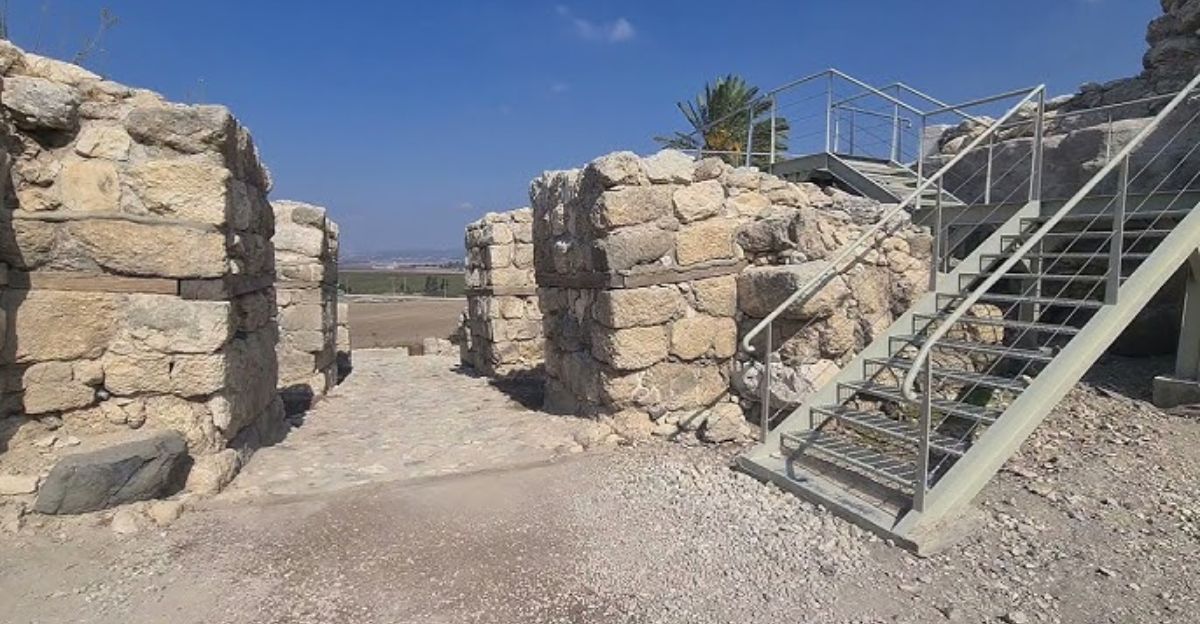
Physical evidence now supports the Armageddon story, which some had previously written off as religious hyperbole. In addition to fitting the biblical description, this location is consistent with end-times prophecies, a final apocalyptic conflict.
According to contemporary interpretations, the events at Megiddo reverberated throughout history and religion, sustaining a persistent story of final devastation and rebirth. Area X provides unique evidence that catastrophic events characterized as acts of divine judgment may have actual historic, rather than merely symbolic, origins due to the presence of destruction layers that have been precisely dated using archaeomagnetic techniques.
Displacing the Legend
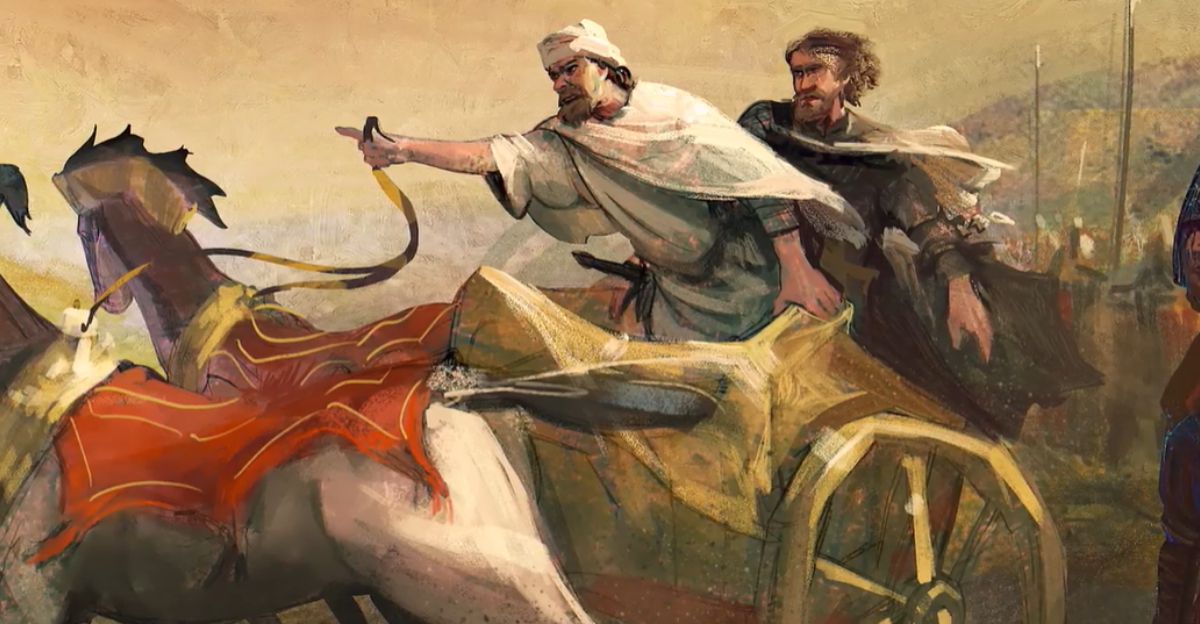
Dismissing biblical wars as literary fiction is popular in some academic circles. Battle debris, foreign military artifacts, and destruction layers that correlate to events mentioned in centuries-old scripture, however, provide harsh counterpoints to the findings from Area X.
Critics who advocate for a pacifist or legendary interpretation are now confronted with the fact that history can validate even the most absurd-seeming prophecies when it is skillfully interpreted and honestly questioned. That the apocalypse never had a place is no longer the dismissive thesis.
The Influence of Location
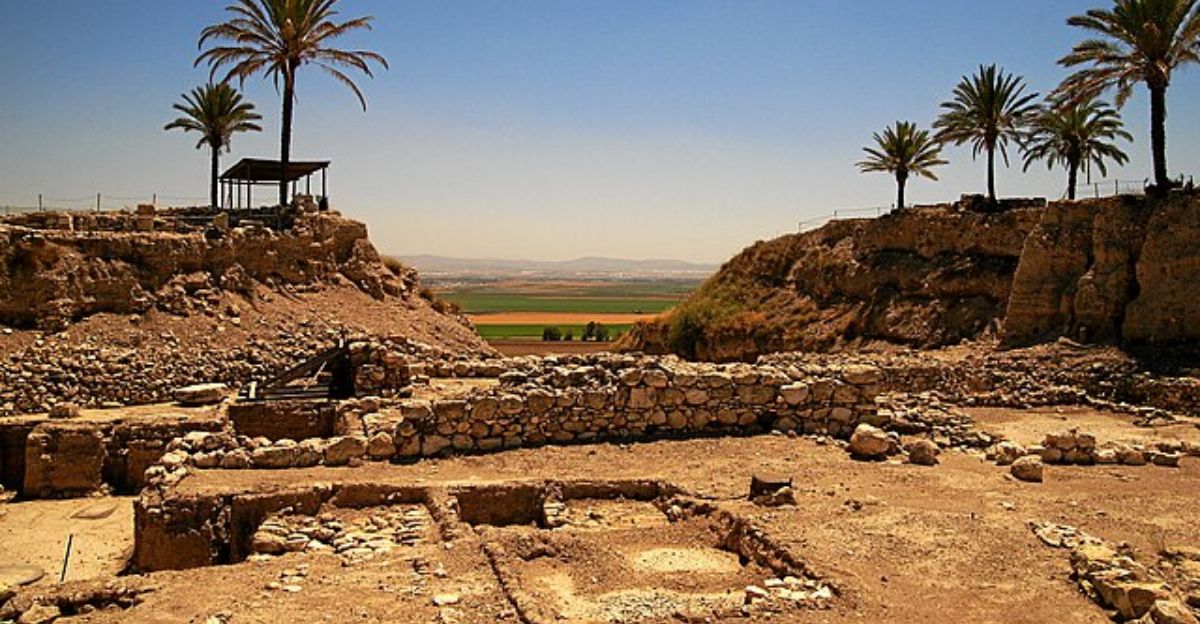
A location like Megiddo, where matter and prophecy collide, has significant strategic and psychological significance. For believers, Area X serves as the final testament to the veracity of the Bible. It serves as a cautionary tale for skeptics about dismissal.
This tangible evidence rewires cultural memories, which may spark fresh scholarly discussions, religious revivals, and geostrategic interest. In addition to changing local tourism, the tangible “apocalypse laid bare” may also change how people perceive war, fate, and prophecy on a global scale. It might inspire new pilgrimage customs and shape how future generations view fate, promoting in-depth contemplation of the relationship between religion, history, and identity.
Trends in Archaeology and Technology
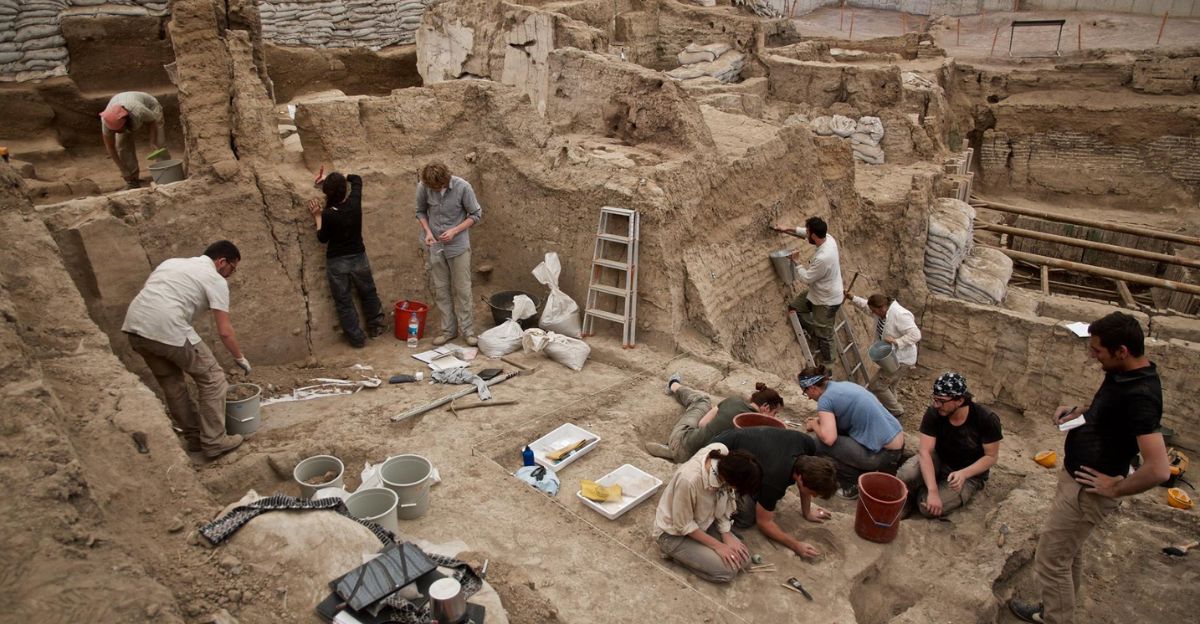
The combination of advanced archaeological techniques, accurate stratigraphy, petrographic and typological ceramic analysis, and archaeomagnetism, made the discoveries in Area X possible. The dating and contextualization of destruction layers are made possible by these methods, which were not available to biblical archaeologists of a previous generation.
Multidisciplinary integration is now preferred; historical documents, artifacts, and even remote sensing can all come together to tell a story that was previously only possible through speculation. As a result, the conventional lines separating myth and reality are blurred, guaranteeing that future research will depend more on advanced science than on conjecture or textual analysis.
The Intersection of Apocalypse and Civilization
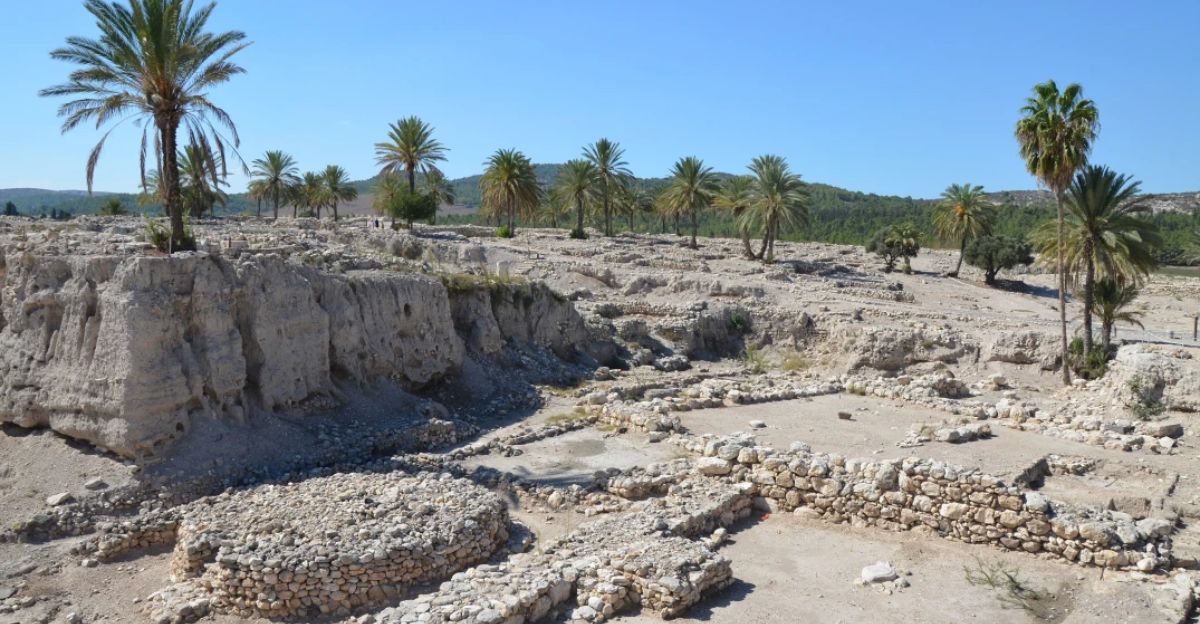
Megiddo (Area X) is a historical crossroads where civilizations collided and apocalyptic mythology took root, in contrast to isolated conflicts or abandoned ruins. This location saw recurrent cycles of growth, decline, and rebirth throughout antiquity; its frequent selection for warfare probably solidified its legendary status.
The evidence discovered there today not only validates a particular conflict but also highlights Megiddo’s continued significance in comprehending conflict cycles and societal collapse, a timeless lesson for contemporary geopolitics and existential dread. This location offers rich symbolism for audiences in the past and present, embodying the enduring conflicts between destruction and regeneration that characterize the human condition.
Effects of the Second and Third Orders: Modern Resonance
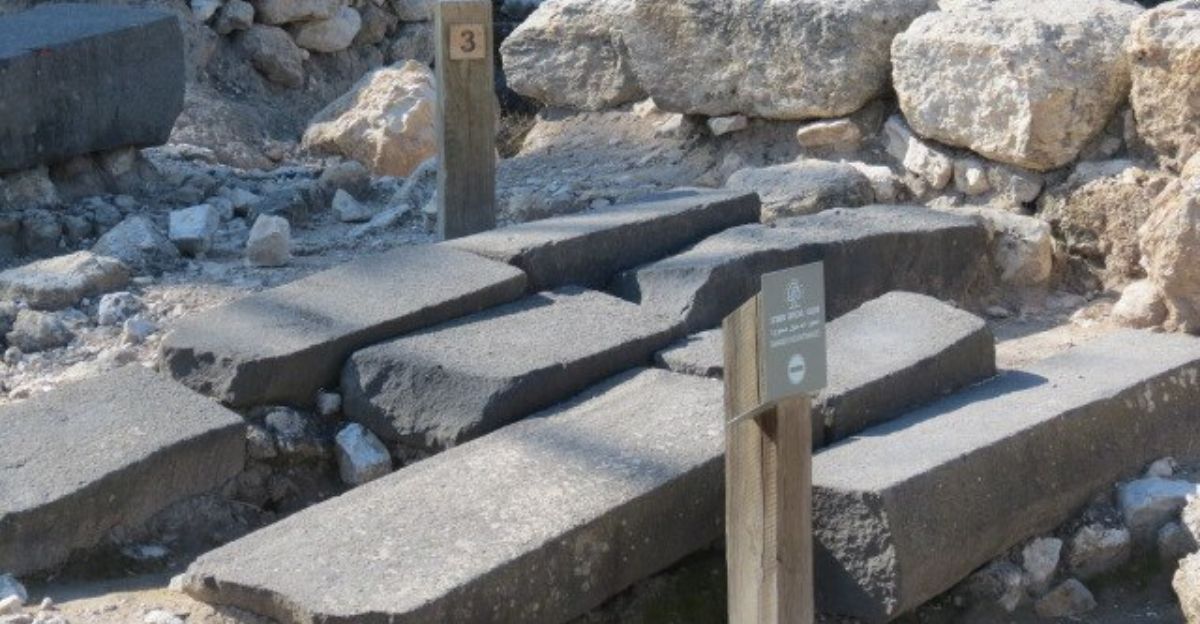
The Area X discovery has far-reaching consequences outside of academia. In terms of geopolitics, tangible proof of a cataclysmic conflict could change Middle Eastern narratives, bolster claims to disputed territory, and stimulate fresh perspectives on conflict motivated by prophecies. Congregations might realign their religious teachings, and it might provide political justification for a resurgence of interest in the area.
The use of the apocalypse as a warning and a promise in psychological warfare may even take on new forms in public discourse. Unpredictable repercussions could result from this fusion of archaeology and contemporary politics, potentially altering regional diplomacy and ideological affinities for many years.
Unexpected Combinations: Climate Science and the Apocalypse
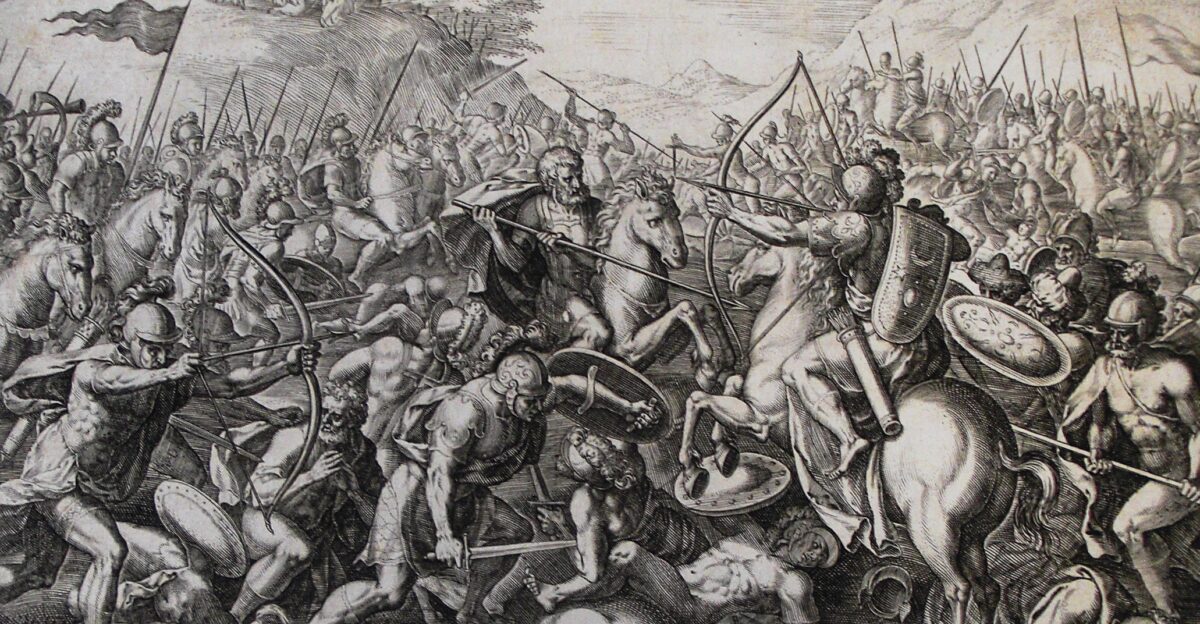
Comparing the evidence from Area X with contemporary worries about the environmental apocalypse is an interesting perspective. Climate disruptions (drought, famine) that exacerbated the chaos of war are documented in ancient destruction layers.
By implying that ancient conflicts and contemporary climate concerns are intricately linked and bound by the same cycles of collapse, survival, and renewal prophesied by science and scripture, Megiddo’s apocalypse is framed as both a military and ecological crisis, adding new urgency to contemporary discussions.
Leadership and Strategy Lessons
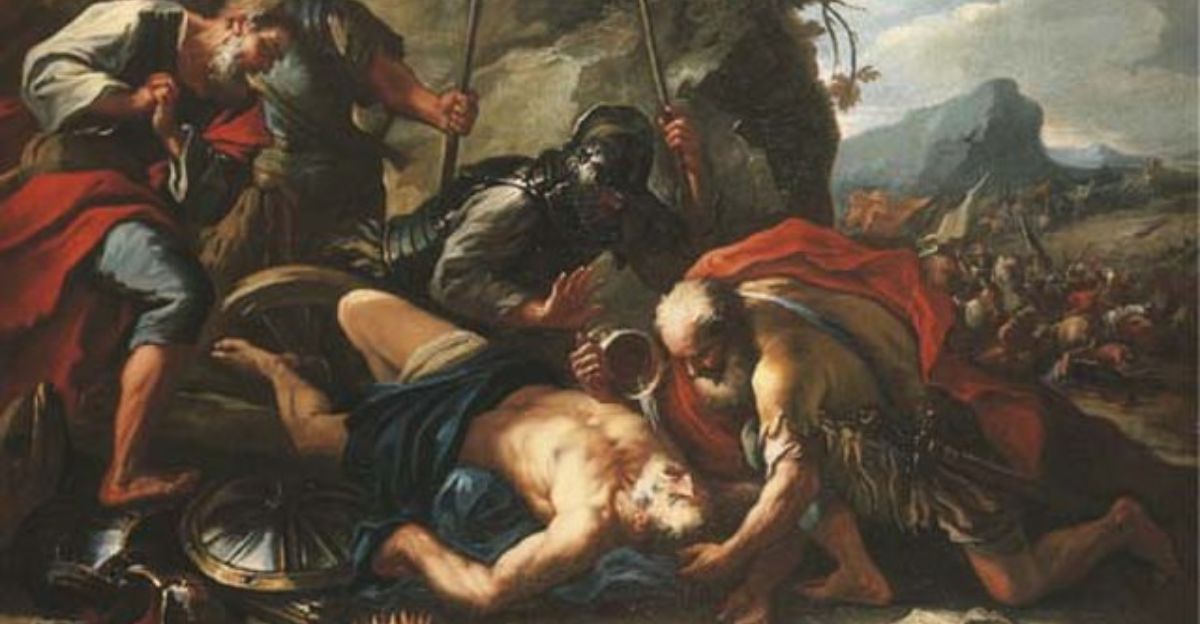
Long-lasting strategic lessons can be learned from the tragedy at Area X. The price of hubris and the significance of timing and intelligence are demonstrated by King Josiah’s disastrous choice to face a much more powerful enemy, against prophetic warning.
This can teach contemporary military and organizational leaders about the dangers of ideological rigidity, humility in the face of uncertainty, and respect for intelligence. The combination of religious belief and ruthless logic at Megiddo serves as a model for both destruction and salvation in human affairs, highlighting how timeless these crisis leadership issues are.
Additional Unconfirmed Apocalyptic Websites

There are other alleged “apocalypse” locations, but none are as thoroughly studied as Megiddo. Locations associated with the Nephilim or said to hold artifacts of supernatural provenance are still firmly in the realm of speculation.
The meticulously recorded, dated, and verified discoveries in Area X raised the standard for proof. But as the search for more “physical proofs of apocalypse” heats up, the fascination with unproven locations continues to fuel both scholarly and fringe research. The conflict between the attraction of myth and evidence-based history, which still influences archaeological discourse, is exemplified by this dynamic.
The Cultural Archetype of the Apocalypse
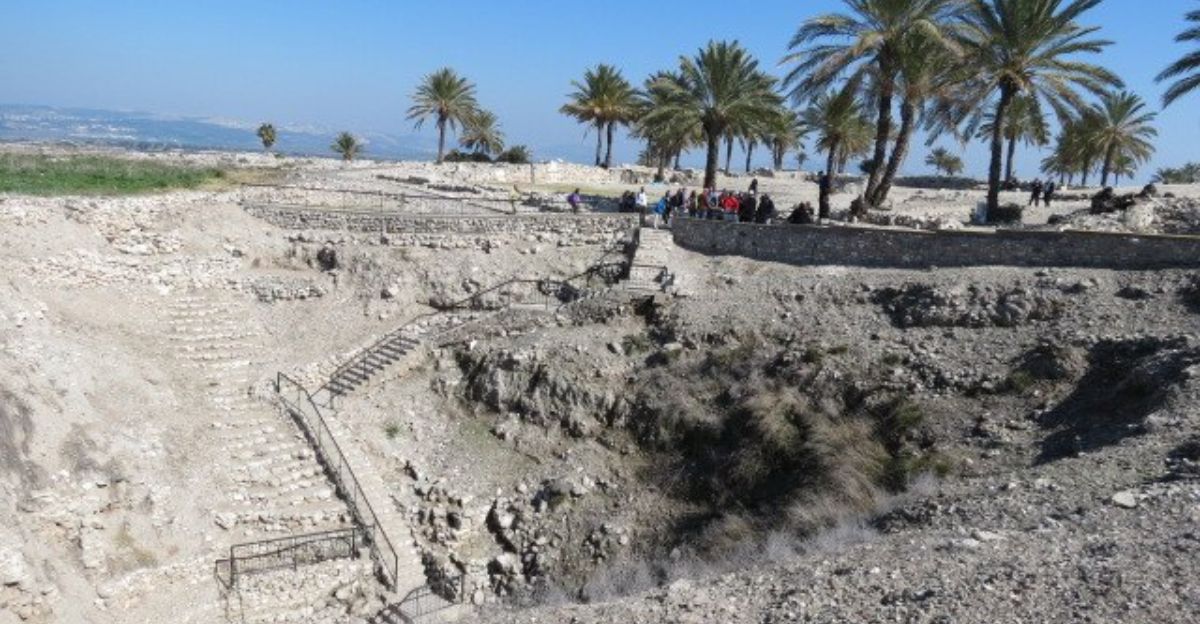
By examining Area X, researchers can model the apocalypse as an archetype, a historical, social, and psychological force that materializes in both actual occurrences and popular imaginations. The “apocalypse” is a recurring framework for comprehending crisis and renewal in all societies, not just a biblical spectacle.
The metaphor is literalized by Megiddo’s evidence, which emphasizes how prophecy, mass fear, and strategic realpolitik come together to shape the historical cycles that we continue to witness today. This archetypal lens aids in explaining why apocalyptic stories have such a potent cultural and historical resonance.
Digging and Interpreting

Expectations for upcoming excavations will be extremely high because Area X has emerged as the new epicenter of biblical confirmation. Extending the search for interdisciplinary evidence, environmental, technological, and sociological, while preserving scientific rigor and avoiding ideological capture, will be the challenge.
In the end, the most significant findings will probably come from both the soil and the frameworks used to understand the meaning of apocalypse, both ongoing and ancient. To fully understand the significance of this historic discovery, cooperation between archaeologists, theologians, and scientists will be essential.
From Legend to Heritage
The unearthing of physical evidence at Area X shatters the convenient divide between apocalypse as mere myth and historical possibility. Once a far-flung prophecy, Megiddo’s story is now an empirical, strategic, and psychological reality. This insight forces us to radically reevaluate our understanding of prophecy, history, and the cycles of rebirth and collapse.
We don’t just “win” by supporting the case for Area X as tangible evidence of the end of the world; we also introduce legend into the realm of legacy, permanently changing how people view their past and consider their future. A paradigm shift is brought about by this discovery, which challenges both academics and laypeople to reevaluate the significance and profundity of ancient prophecy in light of the uncertain modern world.



